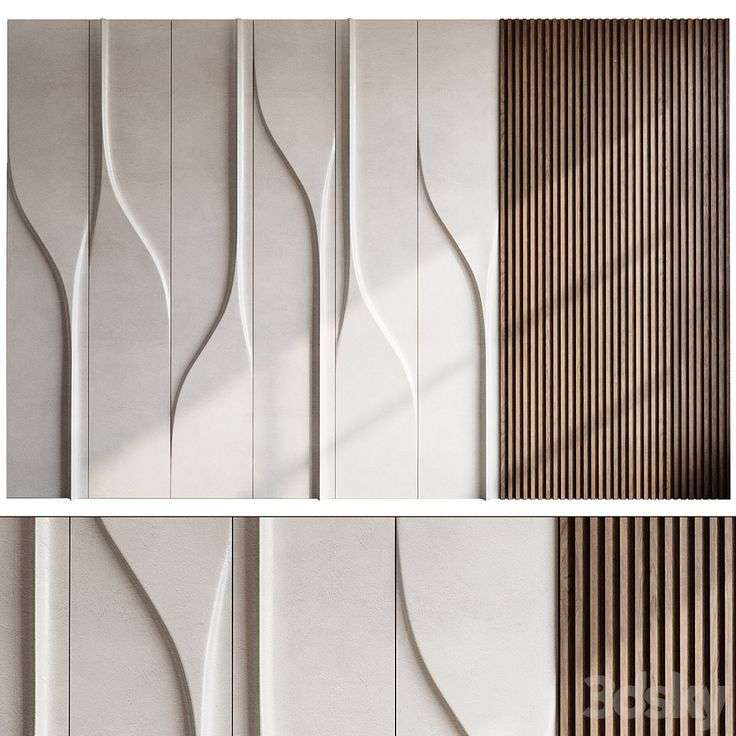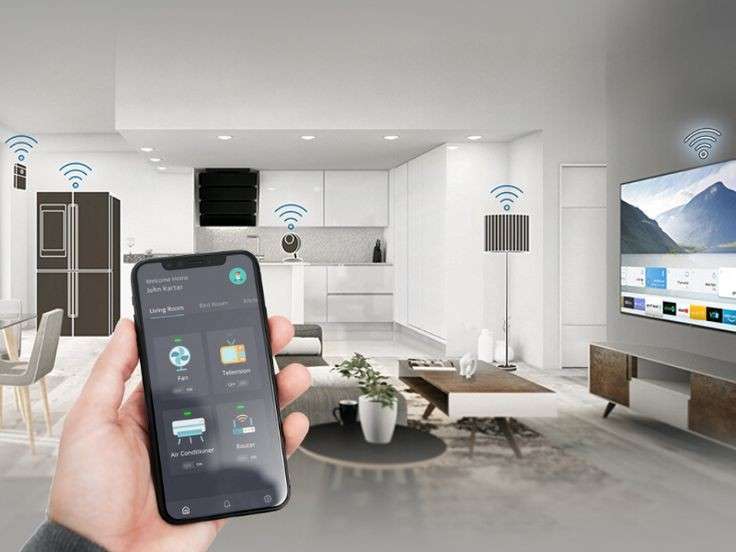The interior design world is undergoing a major transformation as sustainability becomes a central theme, even in luxury spaces. Today’s high-end consumers are increasingly seeking interiors that not only reflect their tastes and desires for comfort but also align with their values regarding environmental responsibility and social impact.
Sustainable luxury is no longer an oxymoron. It is a growing trend that fuses the opulence and craftsmanship of luxury design with eco-friendly materials and ethical practices. In this post, we will explore the future of sustainable luxury in interior design and how designers are shaping this evolving landscape.

1. Eco-Friendly Materials for High-End Interiors
The foundation of sustainable luxury lies in the materials chosen for a space. Traditionally, luxury interiors have been built around expensive, often resource-heavy materials. However, the future of luxury design is focused on materials that offer both beauty and sustainability.
- Reclaimed wood: Reclaimed and repurposed wood, whether used for flooring, furniture, or decor, is a sustainable option that adds warmth and character to a space. The uniqueness of reclaimed wood brings both beauty and history to interiors, making it a desirable choice for luxury design.
- Natural stone: Materials like marble and granite have long been staples of luxurious interiors. Now, designers are increasingly opting for sustainable, responsibly sourced versions of these stones, which are extracted with minimal environmental impact.
- Bamboo and cork: Renewable and versatile, bamboo and cork are rapidly becoming popular in luxury interior design. These materials are not only eco-friendly but also add texture and visual interest to a room.
- Recycled metals and glass: High-end designs now feature recycled metals and glass in furniture and decor, reducing waste and the need for new raw materials while maintaining the polished look of luxury.
Using these eco-friendly materials in high-end interiors allows for the creation of beautiful, functional spaces that have a minimal environmental footprint.
2. Energy-Efficient Technology and Smart Homes
As sustainability becomes a priority, integrating energy-efficient technology and smart home systems is essential in luxury design. High-end homes are now equipped with technology that helps reduce energy consumption, conserve resources, and enhance the overall living experience.
- Smart thermostats and lighting: Luxury homes are increasingly using smart thermostats and energy-efficient lighting systems that adapt to the user’s behavior and preferences, reducing energy consumption without sacrificing comfort.
- Solar panels: Solar technology is being integrated into luxury homes as both an energy-efficient and aesthetically pleasing solution. Modern solar panels can be seamlessly incorporated into roof designs, providing a sustainable energy source without compromising the look of the home.
- Water conservation systems: Luxury interiors are also incorporating water-saving technologies, such as low-flow faucets and irrigation systems, to reduce water usage without sacrificing performance or style.
By combining these technologies with sustainable design choices, homeowners can enjoy both comfort and environmental responsibility.
3. Ethical Design Practices
Sustainable luxury is not just about materials and technology—it’s also about the ethical practices behind their production and sourcing. The future of luxury interior design will continue to focus on ethical and fair-trade production processes that prioritize human welfare and the planet.
- Fair-trade furniture: More and more luxury furniture brands are turning to fair-trade practices, ensuring that artisans and workers receive fair wages and work in safe conditions. This movement is supporting local artisans and fostering a more sustainable global economy.
- Local sourcing: Sourcing materials and products locally is gaining traction in sustainable luxury design. By reducing the carbon footprint associated with transportation, designers can offer luxurious items that are both eco-friendly and socially responsible.
- Handcrafted goods: Emphasizing the beauty of handcrafted items supports local economies and reduces the environmental impact of mass production. Items such as handwoven rugs, bespoke furniture, and hand-blown glass light fixtures contribute to a more sustainable and luxurious home environment.
Ethical design practices in sustainable luxury go beyond just creating beautiful spaces—they support responsible consumption and production.
4. Upcycling and Repurposing in High-End Design
Upcycling and repurposing materials are becoming more prominent in the world of luxury interiors. What was once discarded or outdated can be transformed into exquisite pieces that carry new life, charm, and value.
- Upcycled furniture: Designers are embracing the art of upcycling by transforming old furniture into modern, high-end pieces. This can involve refurbishing vintage furniture or reworking materials from discarded pieces to create something entirely new.
- Repurposed fabrics and textiles: Luxury textiles are being reimagined through upcycling. Designers are using remnants of high-quality fabrics to create bespoke cushions, upholstery, and throws, adding uniqueness and character to the space.
- Repurposed decor: Items that would otherwise be considered waste—such as industrial materials or old architectural elements—are being repurposed into sophisticated, one-of-a-kind decor pieces. This trend not only reduces waste but also adds a story and depth to interior spaces.
Repurposing and upcycling materials are key elements of the sustainable luxury movement, allowing homeowners to own exclusive, high-quality pieces while contributing to a circular economy.
5. Biophilic Design and Green Spaces
Biophilic design is another growing trend that integrates nature into luxury interiors. By incorporating natural elements into the design, such as plants, natural light, and living walls, biophilic design fosters well-being, reduces stress, and connects the indoors with the outdoors.
- Living walls: Vertical gardens and living walls are becoming an integral part of luxury interiors, adding beauty and sustainability to a space. These green walls not only improve air quality but also provide a stunning visual impact.
- Indoor plants: Large, sculptural plants are being used to create focal points within luxury spaces. Indoor gardens or plant walls are also becoming more popular, helping to improve the overall atmosphere while promoting eco-friendly living.
- Natural lighting: Maximizing natural light through large windows, skylights, and open layouts is a key aspect of biophilic design. It reduces the need for artificial lighting and connects the interior to the outside world.
Biophilic design brings the outdoors in, promoting a healthier and more sustainable lifestyle while enhancing the luxury of a space.
6. Sustainable Luxury as a Lifestyle Choice
Sustainable luxury is not just a trend but a lifestyle choice that reflects an individual’s commitment to the planet and its future. As more people seek to reduce their carbon footprint, the demand for sustainable luxury interiors is expected to grow.
- Long-lasting design: Sustainable luxury emphasizes timeless design. Instead of opting for fast, trend-driven pieces, high-end designers focus on creating enduring and durable spaces that will last for generations.
- Personalized sustainable solutions: More homeowners are choosing bespoke, sustainable solutions for their homes, such as custom-designed furniture made from sustainable materials or energy-efficient systems tailored to their specific needs.
The future of sustainable luxury is about more than just aesthetics—it’s about creating spaces that reflect a commitment to sustainability, ethical practices, and a greener, more conscious lifestyle.



